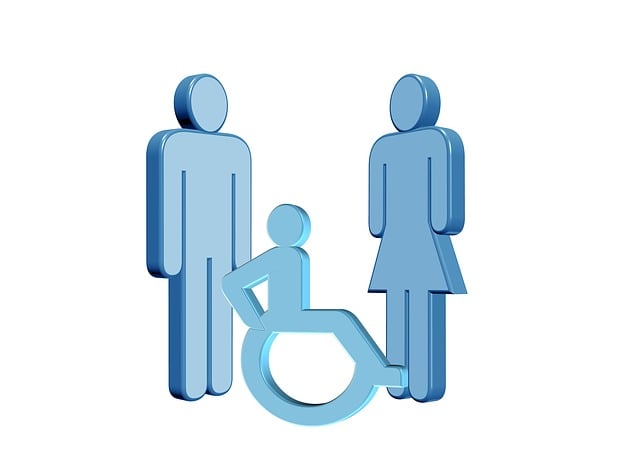Recognizing red flags like persistent pain, neurological deficits, fever, swelling, or loss of range of motion is crucial for safe and effective chiropractic treatment. Misdiagnosis can lead to severe repercussions, so chiropractors must diligently assess medical history, perform comprehensive exams, and pay attention to unusual complaints. Early detection through identifying these red flags enables accurate assessment and tailored treatment plans, enhancing patient outcomes and minimizing risks.
Inadequate examination and diagnosis in chiropractic care can lead to serious consequences, including prolonged discomfort and even permanent damage. Recognizing red flags is crucial for ensuring safe and effective treatment. This article delves into identifying common misdiagnoses, their impacts, and practical strategies for accurate assessment and tailored treatment plans. By understanding these red flags, chiropractors can provide optimal care, fostering patient trust and successful outcomes.
- Recognizing Red Flags in Chiropractic Care
- Common Misdiagnoses and Their Consequences
- Strategies for Accurate Assessment and Treatment
Recognizing Red Flags in Chiropractic Care

Recognizing red flags during chiropractic care is crucial for ensuring patient safety and effective treatment. While many chiropractic adjustments are safe and beneficial, certain signs or symptoms could indicate a more complex underlying issue. Chiropractors should be vigilant in assessing patients’ medical history, performing comprehensive exams, and paying close attention to any unusual complaints or physical manifestations. Red flags may include persistent or escalating pain, neurological deficits, fever, swelling, or loss of range of motion.
These warning signs warrant further investigation as they could suggest conditions beyond musculoskeletal issues, such as herniated discs, spinal infections, or even more serious neurologic disorders. Prompt identification of red flags allows for timely intervention and appropriate referrals to specialists, ultimately enhancing patient outcomes and minimizing potential risks associated with chiropractic treatment.
Common Misdiagnoses and Their Consequences

Common misdiagnoses can have significant consequences, especially in cases involving chiropractic treatment. Often, patients present with red flags – symptoms that indicate a more severe underlying condition than initially suspected. For instance, what seems like routine back pain could be a sign of a herniated disc, spinal stenosis, or even cancer. Misinterpreting these red flags can lead to inappropriate treatments, delayed proper care, and potentially irreversible damage.
Chiropractors must remain vigilant in their diagnostic processes, incorporating comprehensive patient history, physical examinations, and advanced imaging when necessary. Failure to recognize these critical indicators not only impacts patient outcomes but also raises questions about the chiropractor’s competence. Proper diagnosis is the cornerstone of effective chiropractic treatment, ensuring patients receive the most appropriate and beneficial care for their specific conditions.
Strategies for Accurate Assessment and Treatment

Early detection is key in managing health conditions effectively. When it comes to chiropractic care, identifying red flags is crucial for accurate assessment and treatment. Chiropractors are trained to recognize subtle signs that may indicate underlying issues, such as persistent pain, reduced range of motion, or neurological symptoms. By paying close attention to these red flags, professionals can develop tailored treatment plans.
Effective assessment involves a comprehensive history taking, physical examination, and relevant diagnostic tests. This holistic approach ensures that the root cause of the problem is addressed. For instance, specific chiropractic manipulation techniques are employed for spinal adjustments, while other modalities like heat/ice therapy, electrical stimulation, or exercise programs may be recommended to support healing. Regular follow-up appointments are vital to monitor progress and adjust treatment as needed.
Chiropractic care, when delivered accurately, is a powerful tool for healing. However, misdiagnosis can lead to severe consequences. By recognizing red flags, understanding common misdiagnoses, and employing strategies for precise assessment and treatment, chiropractic professionals can ensure safe and effective patient care. Staying vigilant in these areas is key to upholding the integrity of chiropractic treatment and promoting optimal patient outcomes.














